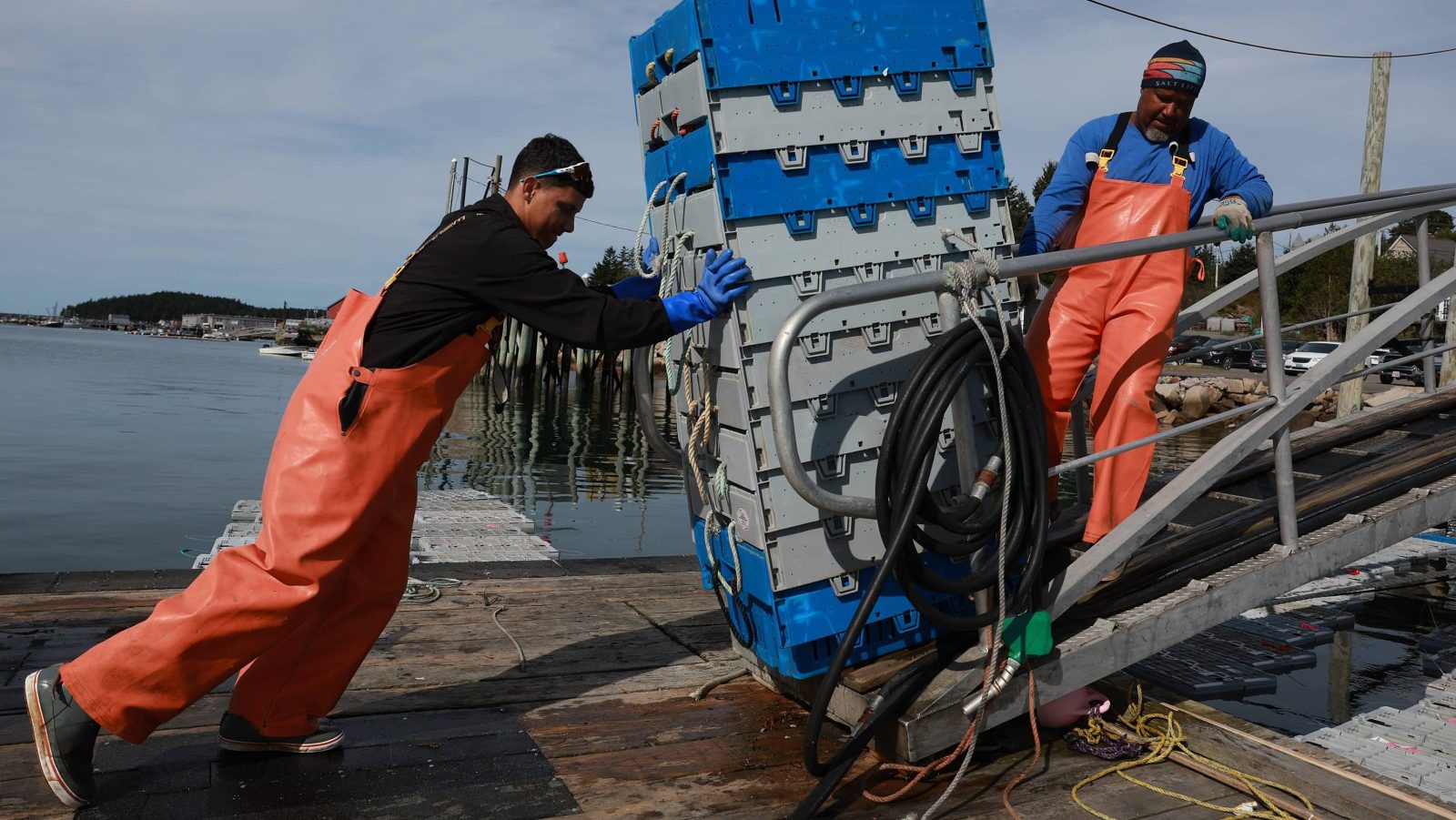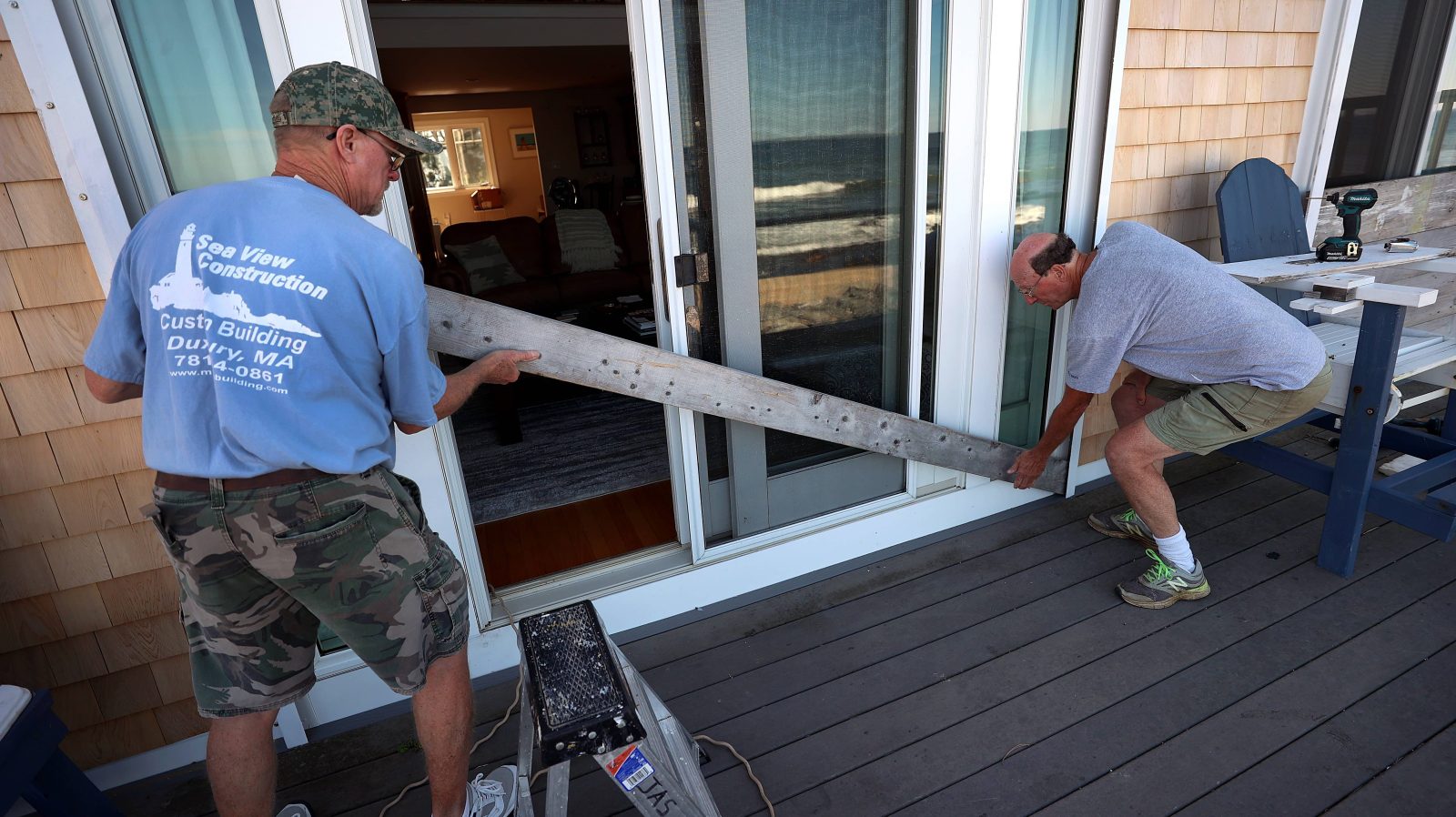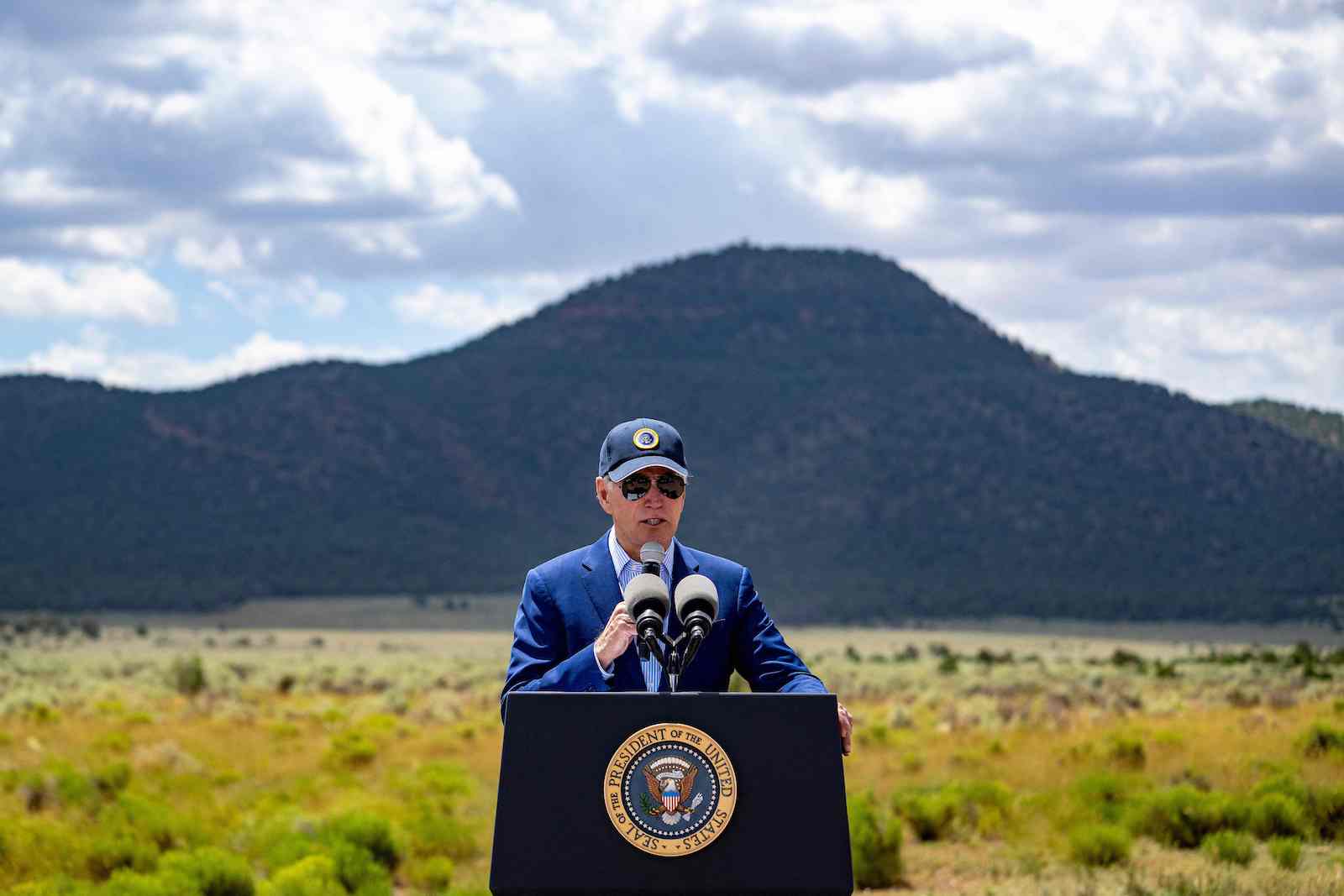Tucked deep within President Biden’s landmark climate bill sits a seemingly small tweak to IRS rules that, for the first time, lets companies sell their clean energy tax credits.
The change accounts for just a fraction of the 100,000 or so words in the Inflation Reduction Act, or IRA, which Congress passed in 2022. But experts say that by making clean energy tax credits more accessible, the move will help drive most of the government’s investment in the sector over the next decade and supercharge the industry.
“It’s pretty unprecedented,” said Jorge Medina, an attorney who specializes in renewable energy and tax policy at the firm Shearman & Sterling. “There hasn’t been a program quite like this, and not on this scale.”
After President Biden signed the IRA into law last summer, the Congressional Budget Office estimated that its tax credits would account for roughly three quarters of the legislation’s $369 billion in climate incentives. When the treasury department released its proposed transferability rules in June, Secretary Janet Yellen called the mechanism a “force multiplier.”
The IRA provides tax credits for a range of clean energy technologies, from the deployment of solar and wind to the development of clean hydrogen and carbon-capture projects. But these benefits can only be used to offset tax liabilities, which many startups or projects may not have until they begin earning profits.
Before the IRA, clean energy developers got around this by creating a legally complex “tax-equity” partnership, said Rachel Chang, a policy analyst at the Center for American Progress. That, however, often sidelined smaller players because with only so much tax liability to go around, investors often focused on more lucrative projects.
“The tax-equity market has been to some extent what’s holding renewables back,” said Medina.
The IRA made capitalizing on these incentives much easier. Now, a developer who doesn’t have a tax liability can sell their credits to a company that does and get cash to help fund its project. While credits can only be transferred once, Medina and others still anticipate that this streamlined process will make developing clean energy more appealing.
Interest has already proven so great that in June, the Congressional Joint Committee on Taxation estimated that the credits will be worth $663 billion by 2033 — about 250 percent higher than the Congressional Budget Office’s earlier projection. On the anniversary of the IRA, in August, Bank of America made the first public announcement of a transfer deal when it agreed to buy $580 million in wind energy tax credits from renewable power developer Invenergy.
The burgeoning market has also created an industry of connecting tax-credit buyers and sellers. “There’s a niche market of brokers that has grown since the IRA started,” said Medina. “There are probably dozens of them.”
Crux is among the companies that has stepped into this new sector. It has raised $8.85 million in capital for a software platform that helps buyers, sellers, and intermediaries navigate the often complex bidding process, paperwork, and regulatory requirements associated with the transfers.
“These are simpler transactions than tax equity, but they aren’t simple,” said co-founder and CEO Alfred Johnson, who was previously deputy chief of staff to Yellen.
One of the biggest potential chokepoints, Johnson said, will be ensuring there are enough buyers for the anticipated surge in the supply of credits. While demand has so far come from traditional players in the tax-equity space — like big banks — he “increasingly sees new buyers come to the market,” and Crux claims it is already helping facilitate more than $1 billion in deals.
The credits generally are sold at slightly less than face value. Medina says prices have varied depending on the credit in question and how risky a project is, but they typically go for about 85 to 95 cents on the dollar.
A related change in the tax code under the IRA allows tax exempt entities such as nonprofits or state and local governments to skip the transfer market entirely. Instead, the government pays them 100 percent of the credit directly.
“It’s pretty revolutionary,” said Jillian Blanchard, the director of the climate program at Lawyers for Good Government. Her team is encouraging eligible organizations to take advantage of this windfall, and educating them on the process. “It’s finally becoming available to public entities and tax exempt entities in a way that can be game changing.”
Neither of the new tax changes, however, are perfect. One issue for tax exempt entities, Blanchard said, is that the treasury’s proposed rule doesn’t allow them to claim the credit when they work with one another, which could be beneficial. For example, if a town and a local renewable energy nonprofit collaborate on a solar project.
As far as the tax credits go, some in the tax and clean energy sectors have argued that individuals — and not just corporations — should be able to purchase them, which would further expand the pool of buyers. The final version of the rules, expected this fall, could incorporate some of these changes.
One concern that the changes are unlikely to fix, however, is that the tax-credit transferability could subsidize companies outside the climate sector, including those that are driving greenhouse gas emissions. “Some of the tax breaks may go somewhere that policymakers never wanted,” said John Buhl, an analyst at the Urban-Brookings Tax Policy Center. “There’s nothing to stop oil companies, or particular types of businesses, from buying these assets.”
Overall, though, experts say the newfound ability for companies to transfer tax credits appears to be on track to meet its objective of rapidly getting more clean energy out into the world.
This story was originally published by Grist with the headline This tax tweak is supercharging Biden’s climate agenda on Sep 15, 2023.






